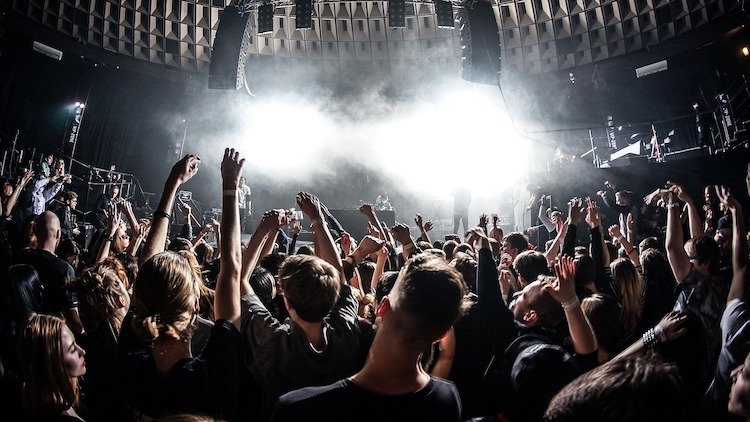
Photo: Shbs
APRA AMCOS has urged the Australian government for a live music venue tax offset to serve as “a catalyst in jump-starting live music nationally.”
Research studies conducted by various industry bodies have estimated that in pre-pandemic 2019, the sector contributed $5.7 billion to the Australian economy, and 9.7 million patrons attended a ticketed live music event.
According to the PRO, the live music sector is a crucial part of the creative economy. Also, it sustains a vast ecosystem of jobs, skills, and industries, which could benefit from the federal government committing to a live venue tax offset.
“A combined tax offset for existing live music venues, and those not currently hosting live music could boost the incomes of musicians and artists by $205 million per year — with an additional 203,200 gigs — supporting the creation of 7,400 direct and indirect jobs across entertainment, hospitality, and tourism,” the company’s report from last year states.
APRA AMCOS commissioned a study to assess whether the requested tax offsets on Australian live music venues could trigger an economic rebound from the pandemic. Since then, CEO Dean Ormston has been urging the government to consider providing resources to revive Australia’s live music ecosystem.
“A tax offset to support the growth of live music would not only be a catalyst for the social and cultural development of live music but would also provide an injection of confidence across the tourism and hospitality economy.”
“Live music, whether at the local pub, club, concert venue, or festival, is the beating heart of Australia’s cultural life. This is not a bottomless offset and would be quantifiable in a direct return to taxpayers due to the finite number of potential venues,” Dean Ormston said.
In October, APRA AMCOS posted 2023 financials for the complete year, reporting a gross revenue of A$690.5 million ($453 million) representing 12% YoY growth, but Ormston expressed despair at the loss of 1,300 venues that used to host small to medium gigs.
Moreover, revenue disbursed to songwriters, publishers, and all rights holders (over 119,000 on APRA AMCOS’ roster), gained 11.4% YoY growth to A$595.2 million ($390 million). Both revenue and distributable revenue to songwriters were record highs for the PRO. While major concerts and festivals’ revenue rose by 400% in the first full post-pandemic fiscal year, the Sydney-headquartered PRO emphasized that even though the increases are indicative of recovery from the pandemic, there’s a long way to go before the country’s live music venue network will get back on its feet.
Ormston recently reiterated requests for the live venue tax offset, saying, “For the current wave and the next generation of music creators to develop their skills and become export-ready, we need to provide them with the resources at home and build a sustainable live music ecosystem.”
The move would benefit not just musicians, artists, and APRA AMCOS’ over 119,000 affiliates but also the thousands of manpower that work within the network of live music venues and events.
According to another report on Australia’s live music sector published in March 2023, employment in the live music sector grew by 4.6% YoY, compounding between 2015-16 (36,000 workers) and 2018–19 (41,200).
As COVID19 triggered a shut down of live music events nationwide, the sector saw an 80% decline in promoted events — from 35,800 in 2019 to just 7,300 in 2020.
Based on 2019-20 tax data, the live music sector in Australia employs approximately 41,000 workers. This number includes 14,200 primary workers that are core to the live music, 10,000 supporting workers, and 16,800 auxiliary workers that indirectly support live music. For clarity, this estimate is based on a person’s explicitly-stated occupation, and if music is not an individual’s primary job, the worker wouldn’t be represented within these statistics.
It’s imperative to note that throughout the pandemic, payroll jobs in the ‘creative and performing arts’ subdivision remained far lower than the overall economy, falling by as much as 30% in April 2020 and 17% in September 2021 (compared to pre-COVID March 2020). When (and if) the Australian government heeds Ormstom’s requests for support and assistance, thousands within the music industry and beyond stand to benefit from a revitalization of the live music industry.
>>> Read full article>>>
Copyright for syndicated content belongs to the linked Source : DigitalMusicNews – https://www.digitalmusicnews.com/2023/11/24/apra-amcos-australian-government-tax-offset-live-music/































